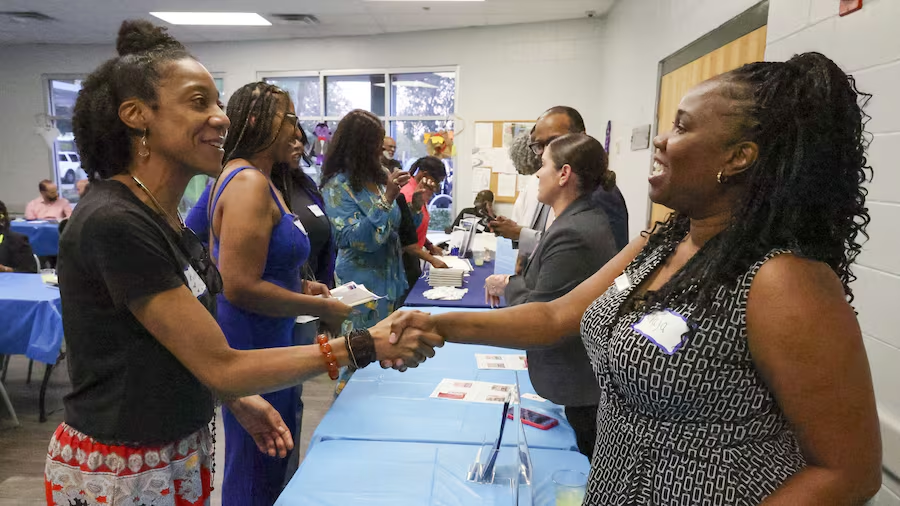Could a few metal boxes really spark an urban revival?
That’s the question on everyone’s lips in North Greenwood, Clearwater, where a brand-new shipping-container mini-mall is being touted as the spark to reignite a neighbourhood long left behind.
The Clearwater Urban Leadership Coalition (CULC), working with the North Greenwood Community Redevelopment Agency (CRA), has unveiled plans for The Grove @ 1105 — a retail village made entirely from converted shipping containers. The idea is to turn vacant lots into vibrant business spaces, giving local entrepreneurs the affordable, flexible setups they’ve never had before.
North Greenwood isn’t short of character, but it’s suffered years of economic decline. Once a lively corridor filled with shops and restaurants, the area now faces high poverty, derelict buildings and far too many empty units. The CRA was created to change that, channelling public funds into local regeneration — and the container mall is its headline act.
A Pop-Up Vision for Real-World Change
CULC president Gloria Campbell describes the project as “a first step toward rebuilding the soul of North Greenwood.” The mall, located just north of downtown Clearwater, will host small retail spaces and food outlets, all housed in colourful, upcycled containers — each unit offering low-cost entry to business ownership.
The project’s purpose is simple: empower locals to start, grow and sustain their own enterprises. From hair salons and cafés to clothing boutiques and community services, the idea is to fill these containers with ambition and give people a reason to spend their money close to home. It’s not just commerce; it’s community architecture.
Why Shipping Containers?
Let’s be honest — they look cool. But beyond aesthetics, containers make economic sense. They’re modular, movable, and affordable. They can be built fast and adjusted as the site evolves. And in a world obsessed with sustainability, reusing steel boxes once destined for rust and ruin feels refreshingly circular.
Projects like The Grove have been proven elsewhere to breathe life into neglected areas — from London’s Pop Brixton to Miami’s Wynwood Yard — combining entrepreneurship with urban renewal. North Greenwood hopes to follow suit, turning what was once a symbol of decline into a sign of progress.
The Economic Ripple Effect
The benefits go beyond new businesses. The construction alone creates local jobs; footfall will boost nearby shops; and the visual transformation is expected to lift confidence across the neighbourhood. It’s also a tangible way of showing residents — particularly younger generations — that revitalisation doesn’t always mean gentrification. It can mean opportunity.
But of course, that’s the tightrope. For this to succeed, it must stay local: local tenants, local customers, local pride. Otherwise, it risks becoming another trendy project that forgets its roots.
Community at the Core
The coalition isn’t blind to that risk. CULC’s broader mission includes not just economic growth but also education, cultural preservation and social empowerment. Their goal is to see a “developed and thriving North Greenwood by 2030” — one where residents build, own and sustain their own prosperity.
It’s early days, but optimism is contagious. Locals who once saw only decay are now seeing construction fences and container frames rising. One resident told reporters:




